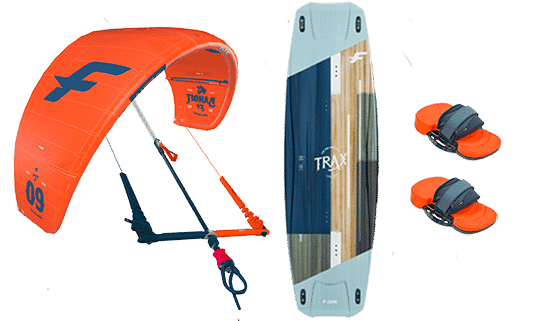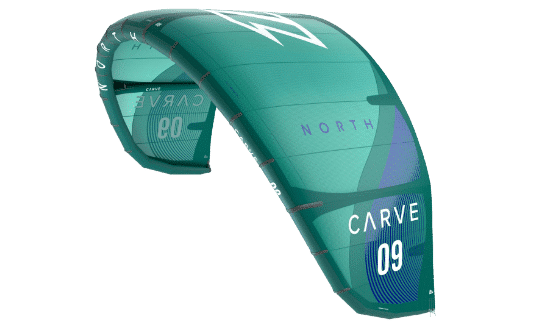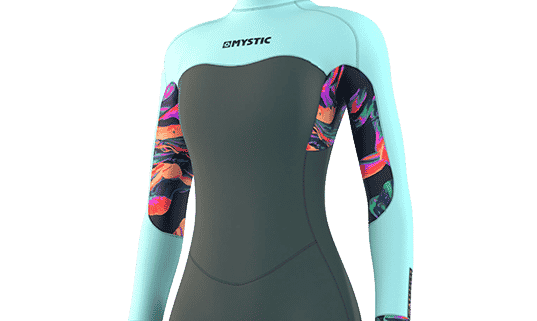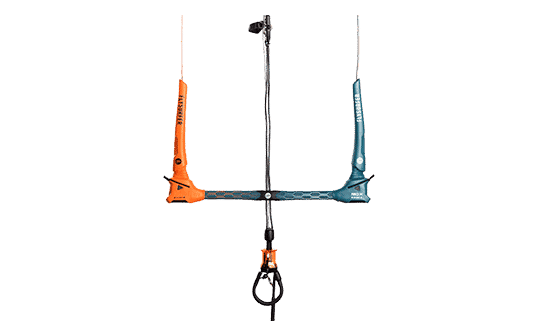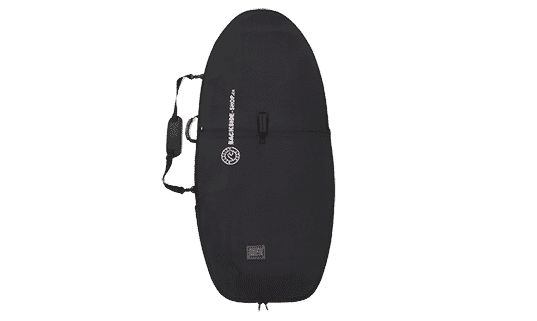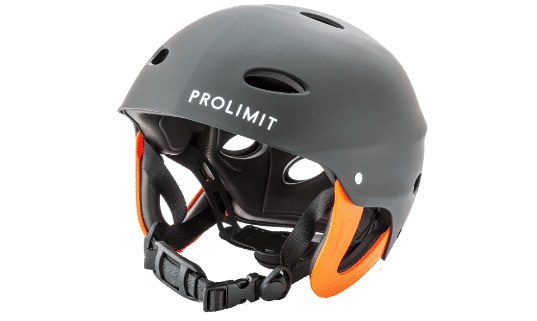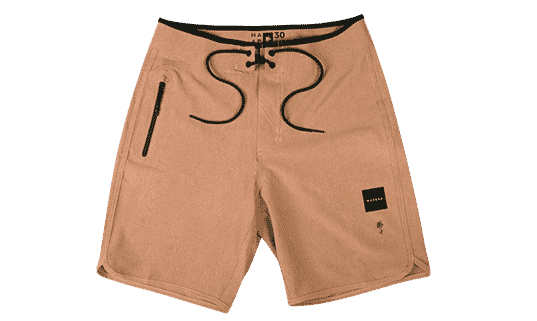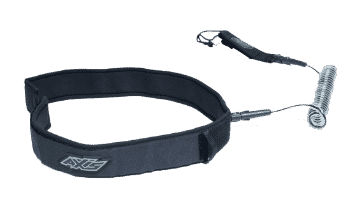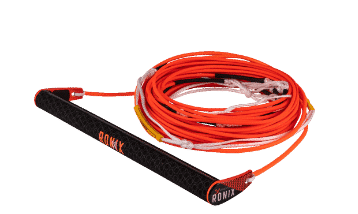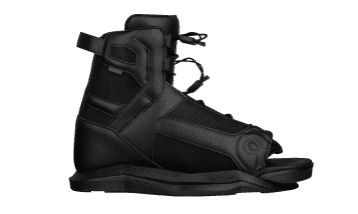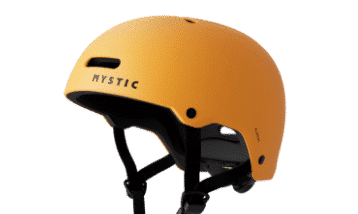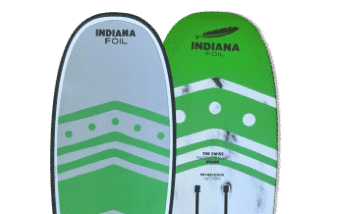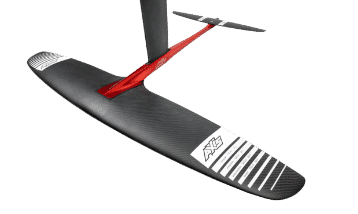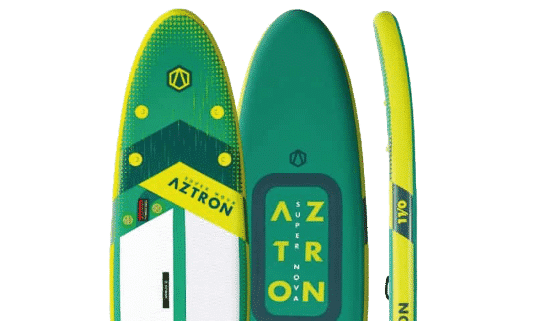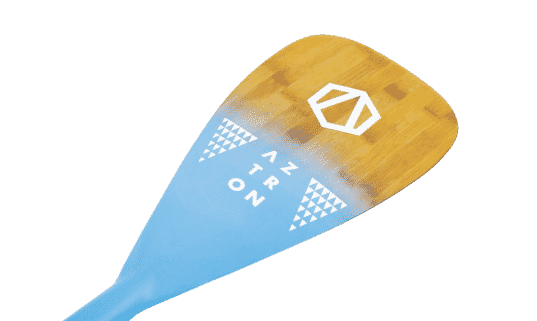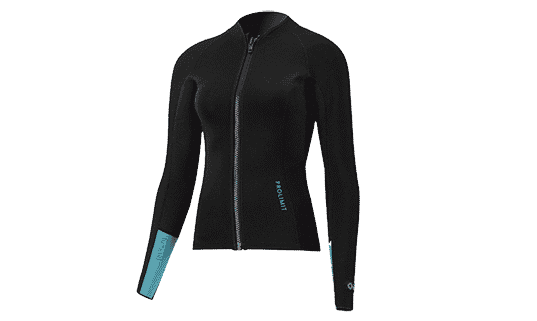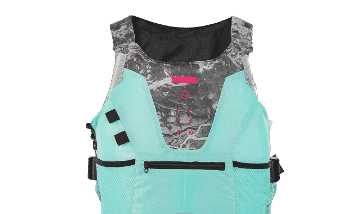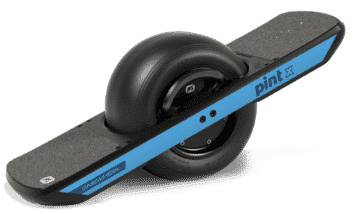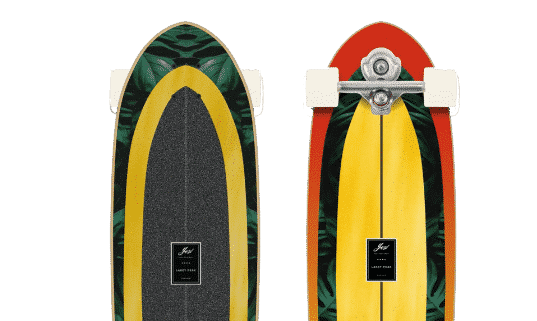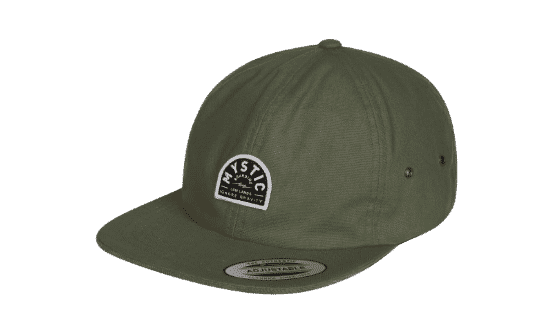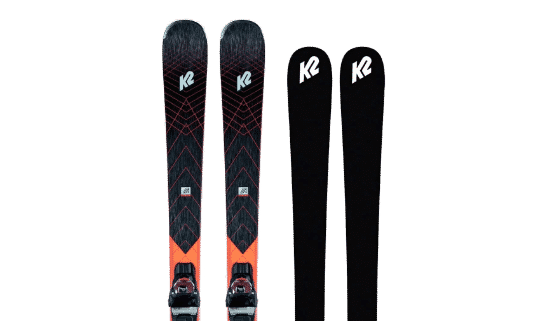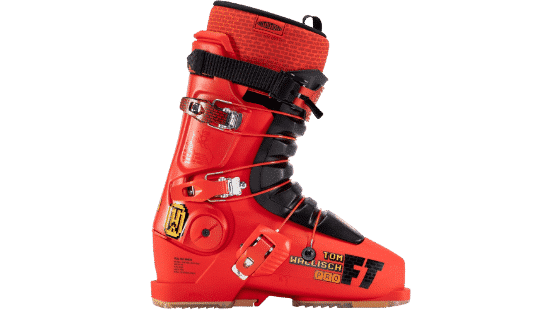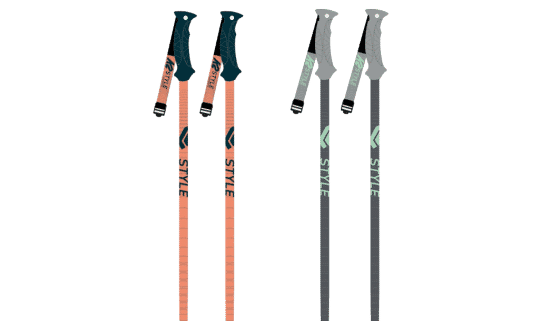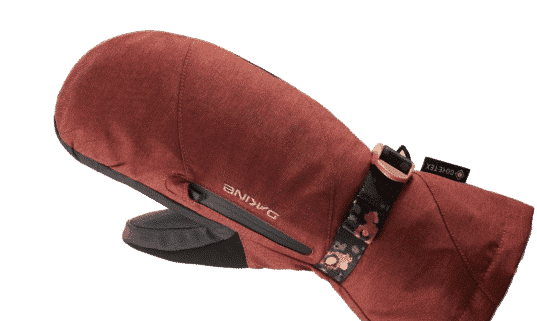What is kiteboarding?
Kitesurfing is a recent water sport that was born in the 1980s in France. The brothers Dominique and Bruno Legaignoux were the first enthusiasts to design a kite with an inflatable structure that is still used today by kitesurfers around the world. Over the years, the three essential elements of kitesurfing, the kite, the board and the harness, have evolved to offer maximum safety. Here is one of the definitions of kitesurfingDefinition of kitesurfing
The word kitesurf is formed from the word "kite" and "surf" which means board. It is a water sport that is practiced with a board towed by a wing (hence the designation of traction wing that can also be found). Sometimes called kitesurfing, kite or kiteboarding by country. This sport allows you to glide across the water in complete freedom using the force of the wind. The rider or kitesurfer sails across the wind like a windsurfer and tacks.History of kitesurfing
Kitesurfing was developed in the mid-1980s by Frenchmen Manu Bertin and the brothers Dominique and Bruno Legaignoux, both from Brittany, who were passionate about water sports. In 1984, the Legaignoux brothers filed a patent on inflatable kites that are still used today by kitesurfers. In 1995 in Hawaii, Manu Bertin started to use the Wipika kites (short for Wing Inflatable Power Insubmersible Kite Autonomous) developed by the Legaignoux brothers by combining them with surfboards. This new sport quickly made the headlines in windsurfing magazines and became popular. Raphaël Salles, founder and current director of the Fone brand, develops box kites and markets the first mass-produced kitesurf board in 1997.
Kitesurfing equipment
The wing, the lines, the bar
There are two main types of wings:- box wings which inflate by air circulation (same principle as for a paraglider)
- the bladder wings, which are equipped with an inflatable structure that floats on the surface of the water and easily takes off again when wet.

The board
There are two main families of boards: bi-directional or twintip boards that can navigate in both directions without changing feet and directional surfboards (reinforced with or without straps), i.e. with one direction of navigation with a front and a back. There are 3 types of directional boards: surfboards used in waves, long distance boards (with a very large volume and high buoyancy) and thin and tapered speed boards. For a beginner, choosing a long twintip board will make it easier to lean into. The width is defined by the weight of the rider. The volume is not important. Find here our kitesurfing equipment guide for beginnersThe harness
There are two main types of harness.- The waist or back harness is placed in the small of the back between the pelvis and the ribs and offers great freedom of movement.
- The breech harness is similar to a climbing harness and holds the buttocks firmly in place. It is recommended for beginners, as it makes it easier to lean on the edge.

The essential element: the wind
Kitesurfing is practiced in winds ranging from 4 to 8 Beaufort (10 to 40 knots). Sailing becomes more difficult in light to very strong winds. You can kite from 2 Beaufort (5 knots) of wind thanks to a hydrofoil. Some foil sailors consider that it is not really kitesurfing but kitefoil or hydrofoil. The foil is an underwater plane that allows the board to be lifted out of the water and thus reduce friction, so you need less wind. In hydrofoil, it is possible to go 3 times faster than the wind speed. But this is another topic, find here our hydrofoil guide for kitesurfing
